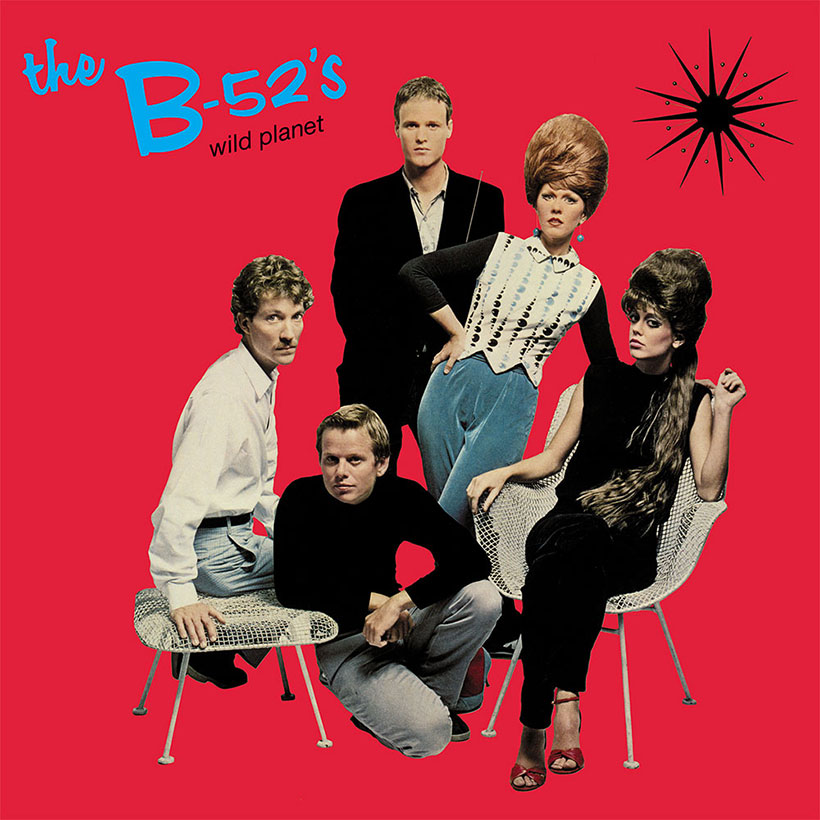When we look at music history, many elements of each movement and subgenre, from visuals to sound, can usually be traced back to gay culture. Even long before LGBTQ+ was in the cultural zeitgeist, a lot of rock’n’roll pioneers were Black blues musicians who happened to be queer, like Little Richard and his forebearer Billy Wright as well as Bessie Smith and Big Mama Thornton. But one of the biggest subcultures involved in music with an extremely rich history was the underground club culture that paved the way for dance music, even though it is not afforded the same cultural reverence as rock or punk. Larry Levan was a gay black DJ who worked at the Paradise Garage in downtown New York and he is considered responsible for the ascendance of almost all genres of current electronic music as we know today.
The 80s was obviously a culturally complicated period. Fall of the Berlin Wall, Iran-Iraq War, Chernobyl, and especially the AIDS crisis which plagued the community and brought on unprecedented levels of tragedy. One of the ways that Queer people dealt with the trauma was by going to the clubs, but these clubs were more than just sites for dancing. In New York City at the beginning of the 70s, many queer people of color and allies came together with an intention to create safe spaces where they could be themselves and be with others in ways not permitted in the everyday world, rather than adapting to fit the heterosexual notions of nightlife. And music was obviously an essential part of these gatherings, and the sound of these events eventually developed into disco.
One of the descendants of disco was new wave, which also incorporated elements of post-punk and synth pop, and the genre’s ties to gay culture also go far and beyond. One of the most well known stars in this camp with many ties to gay culture is arguably Debbie Harry from Blondie whose ties to the New York club scene and Queer underground nightlife goes all the way back to Studio 54 and collaborating with Andy Warhol. Frankie Goes To Hollywood, who are often considered the butt of a joke when referring to the 80s, were also one of the pioneers in their own way. Their songs “Relax,” “Rage Hard,” and “Welcome to the Pleasuredome” were unabashedly gay with sexually hedonistic undertones.
Another new wave band that achieved their Queer icon status pretty quickly despite none of the members being Queer themselves was the British synth-pop and rock band Depeche Mode. One of their biggest hits “People Are People” quickly became a gay rights anthem and was largely played at a lot of the clubs in the 80s and 90s. Martin Gore’s iconic leather ensembles were, without question, was something he got from visiting queer leather bars and underground dungeons. And let’s not forget The B-52’s as well and their iconic ode to boys and bikinis: “Rock Lobster.” The B-52’s were one of the earlier groups that were equally influential as Blondie, and they simply overlap with queer culture. A few of the members were also queer themselves. Front man Fred Schneider told Michael Martin of Out.com:
“‘Rock Lobster’ got airplay on college and independent radio, but the bigger stations were told not to play us. Nobody was out then. I mean, our friends knew [we were gay], and we weren’t trying to be coy. Once, we were onstage and somebody yelled, ‘Is this a queen band?’ I think they thought Kate [Pierson] and Cindy [Wilson] were drag queens. So I said, ‘Yes, we’re a queen band!’ What really put us over was performing the song on Saturday Night Live in January 1980. After that, our album flew off the charts.”
In time, queer culture and dance music largely became synonymous with one another. The genre was not only popularized and even produced by the community both behind the scenes and at the forefont, but the songs themselves resonated with the understanding of what it meant to be gay and reflected a burning desire to be seen. It inspired a movement of inclusivity and accessibility, and even though it is largely thought to be hidden by mainstream media, it is only hidden if you are not willing to look because it has always been there.
Advertisement
